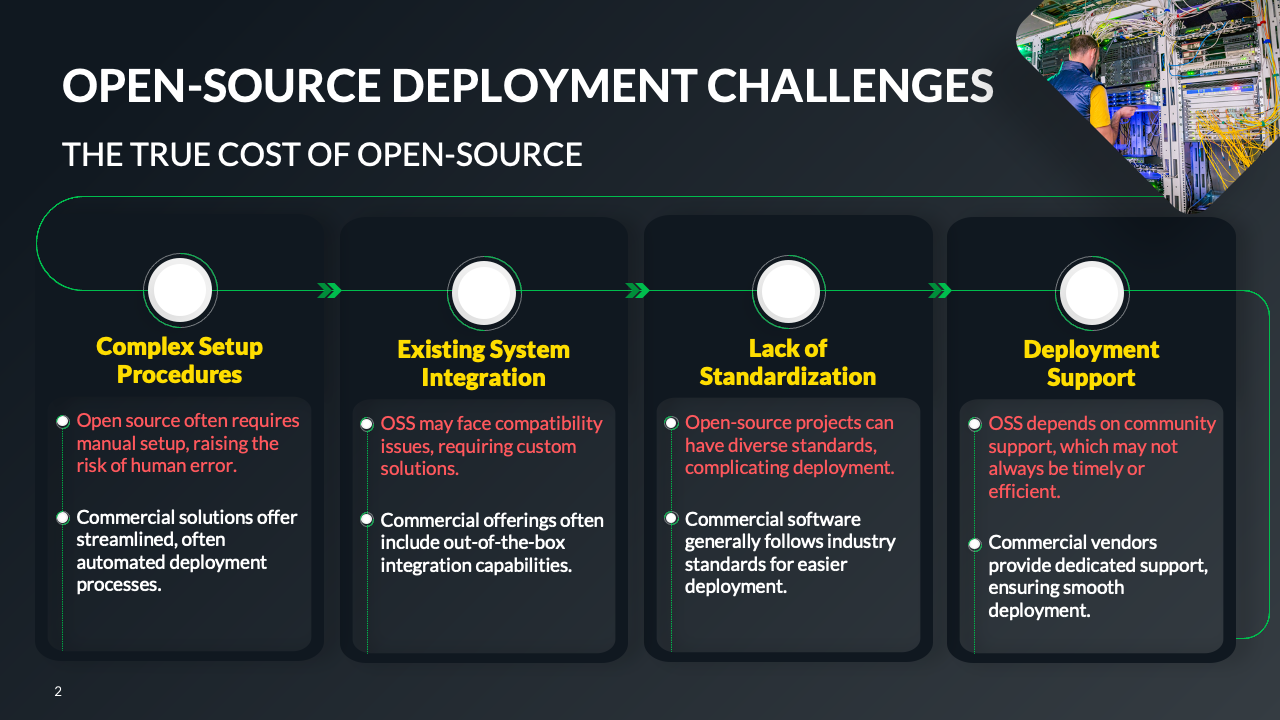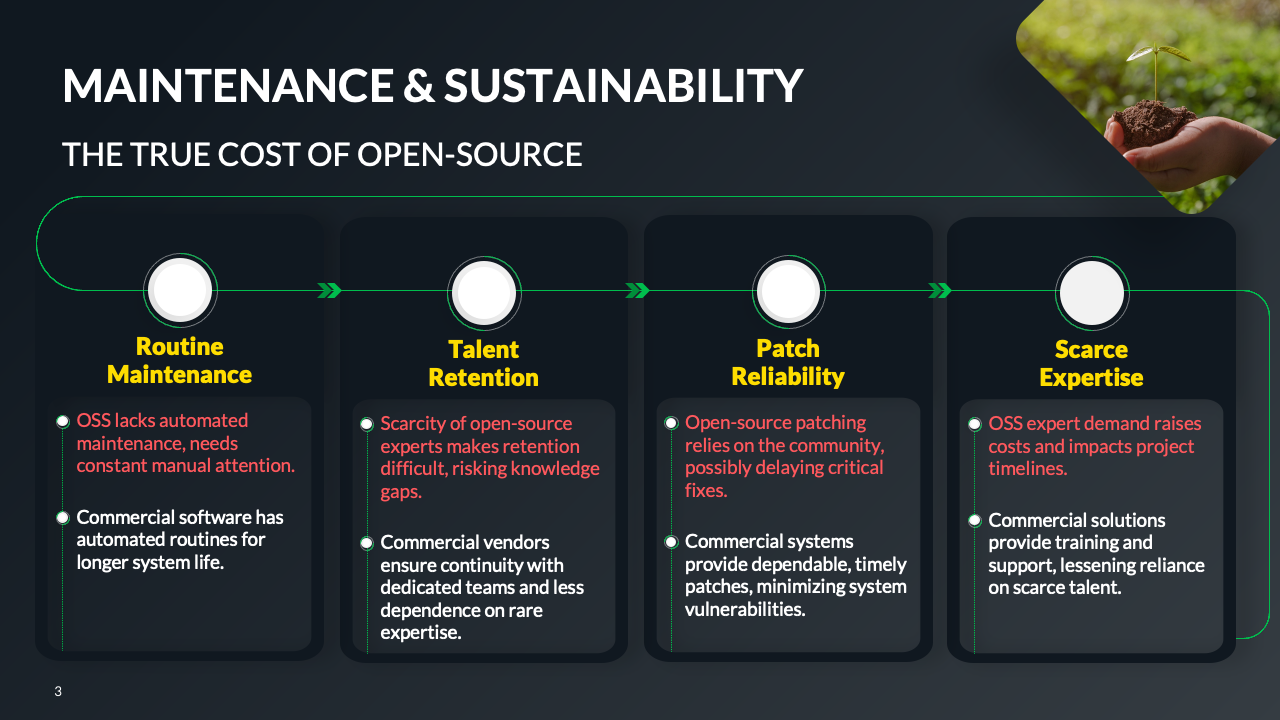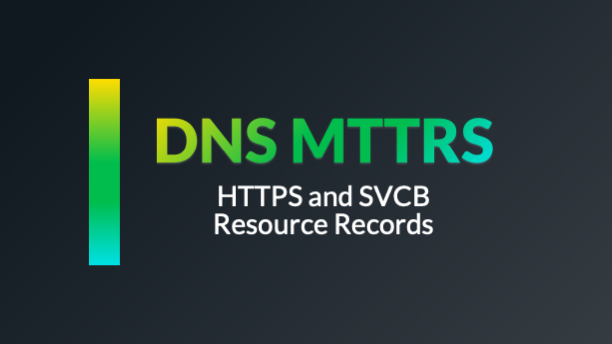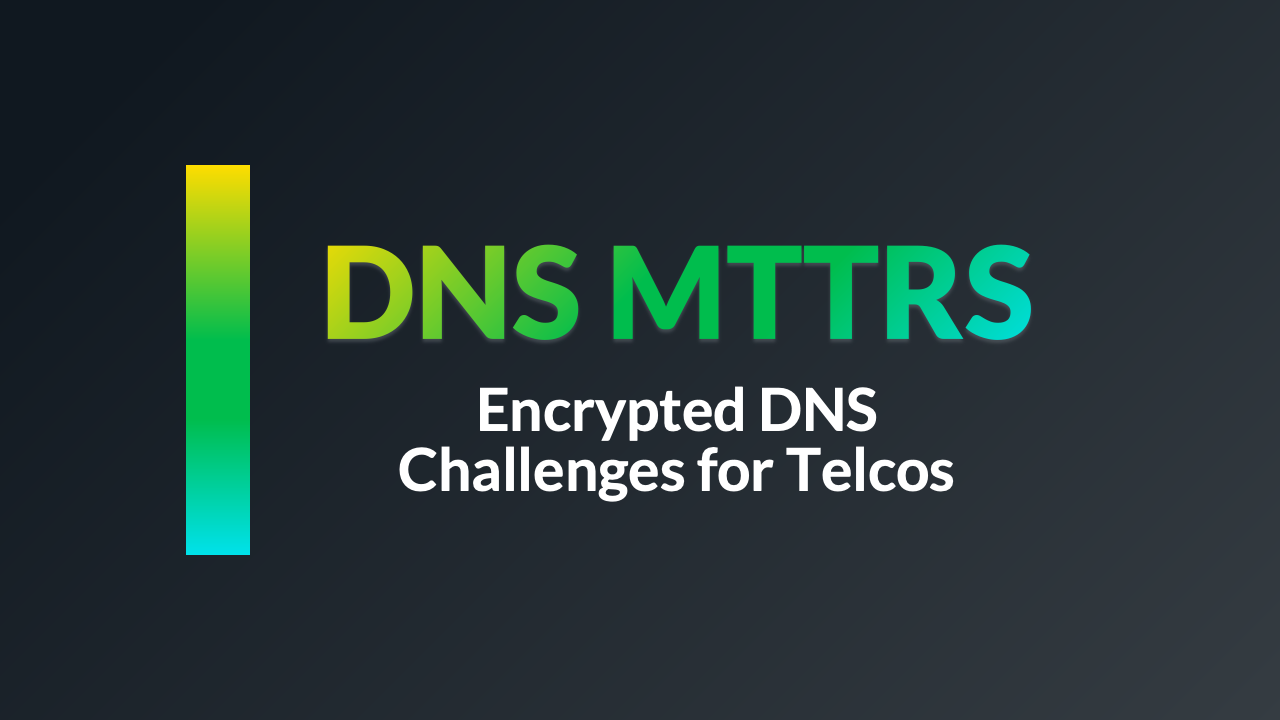In telecommunications, the siren call of open-source DDI software beckons with its promise of cost-effectiveness and control over complex network infrastructures. Yet, this allure is not without its pitfalls. The hidden complexities and unforeseen spending can trap the unwary, turning the dream of “free” software into a costly endeavor. This blog highlights challenges that open-source DDI presents, from deployment woes to operational intricacies, security risks, maintenance burdens, and the significant investment in the specialized talent required to manage these systems effectively. As we dissect these issues, we’ll reveal the cost of “free” and explore the untapped potential that could transform the resilience and agility of your network infrastructure.
DDI in Broadband Operations
DDI—the seamless integration of DNS, DHCP, and IP Address Management (IPAM)—is crucial for broadband operators, serving as the backbone of a strong and agile network. The automation and centralization of network resource management makes DDI indispensable, significantly reducing manual efforts and streamlining operations. DDI provides the scalability and flexibility necessary to support network growth in an era marked by an exponential increase in connected devices and data traffic. It ensures seamless connectivity, efficient IP address allocation, and swift DNS configuration changes. The IPAM part of DDI is crucial, optimizing IP address usage and reducing conflicts to enhance network efficiency and reliability. DDI can strengthen network security, protecting against DNS-related threats and ensuring secure IP address assignments—critical elements in the current cybersecurity landscape. DDI is not just significant; the essential framework empowers broadband operators to provide uninterrupted, high-quality services to their subscribers and customers.
Understanding Open-Source
Open-source DDI solutions represented a shift in network management, embodying the principles of innovation, collaboration, and freedom. These solutions are not just software; they are a movement, a community, and a commitment to the open exchange of ideas. Free redistribution makes sure anyone can use, change, and share the software without restriction, fostering an environment where improvements and innovations help all. The availability of open-source code invites diverse contributors to inspect, enhance, and debug the software, leading to more secure and strong solutions.
Community collaboration is the lifeblood of open-source projects. It brings together the collective knowledge of professionals and enthusiasts from around the globe, each contributing unique insights and skills. This collaborative spirit accelerates the development of DDI solutions that are not only powerful but also adaptable to the ever-evolving needs of broadband operators. By leveraging open-source DDI solutions, operators tap into a reservoir of collective intelligence, ensuring their networks are built on the most cutting-edge, community-vetted technologies available.
Open-Source Presents Challenges
Sounds great, right? But there is a catch. The allure of open-source DDI’s cost savings and flexibility is compelling. Still, as a broadband operator grows, these advantages can be eclipsed by the escalating complexity of managing DNS, DHCP, and IPAM. The exponential increase in management difficulty underscores the value of commercial DDI solutions, which offer scalable, reliable frameworks with extensive support, making them a prudent choice for operators aiming to expand seamlessly and maintain robust network infrastructures.
With its inherent freedom and community-driven ethos, open-source software presents a double-edged sword for broadband operators. The absence of standardized support and guaranteed services, important for large-scale operations, can complicate the landscape, dispersing accountability and offering less formalized troubleshooting compared to proprietary systems. Integrating open-source DDI demands in-house expertise or external consultancy, adding layers of complexity and cost.

The collaborative nature, while beneficial, can lead to a proliferation of forks and versions, challenging version control and maintenance. Operators must judiciously balance these open-source challenges with their operational needs and resources, adopting a strategic approach to navigate the intricacies of deployment, operations, maintenance, and support in the open-source DDI terrain:
- Deployment: The deployment of open-source DDI solutions demands meticulous planning and execution. Complex setup procedures must be meticulously followed to ensure successful integration with existing systems. The lack of standardization can pose significant hurdles, as operators must adapt to various configurations and environments without uniform deployment support. This phase is critical, as it sets the foundation for network performance and scalability.
- Ongoing Operations and Security: Vigilance is paramount in open-source DDI’s ongoing operations and security. Operators must proactively track systems and implement upgrades to stay ahead of evolving threats. Ensuring compatibility and interoperability among network parts is a continuous task that requires precise resource allocation. Cybersecurity is not a one-time setup but a relentless pursuit, requiring constant attention to protect against an ever-changing threat landscape.
- Maintenance and Sustainability: The sustainability of an open-source DDI solution hinges on routine maintenance and the retention of skilled labor. Patch reliability is essential for network integrity, yet the availability of knowledge to address these updates can be scarce. Operators must foster an environment that attracts and retains talent capable of maintaining the high standards required for network performance and reliability.
- Support: The support ecosystem for open-source DDI balances community-driven assistance and dedicated professional services. While community support offers a wealth of collective knowledge, it may only sometimes align with the response or resolution times needed in critical situations. Customization support is also troublesome: it allows for tailored solutions and requires a sustainable model to ensure long-term viability. Operators must navigate these waters carefully, leveraging the strengths of both community and dedicated support to maintain network excellence.

Conclusion
While open-source DDI solutions offer many benefits, they also present challenges that require a strong strategy and a commitment to excellence. Operators must be ready to tackle these challenges head-on, making sure their networks remain secure, efficient, and future proof.
In the high-stakes telecommunications arena, where the margin for error is razor-thin, commercial DDI solutions are the bulwark of reliability and security. These solutions are engineered to deliver effortless management, enabling operators to oversee their networks with unparalleled ease and precision. The hallmark of commercial DDI is its unparalleled uptime, a testament to its strong architecture, which ensures continuous service delivery.
Learn More
Want to learn more? Watch our recent webinar titled Breaking Free: Why It’s Time to Bid Farewell to Open-Source DDI in Telecom Networks. You can access this on-demand presentation where we unveil how to surmount these challenges.









